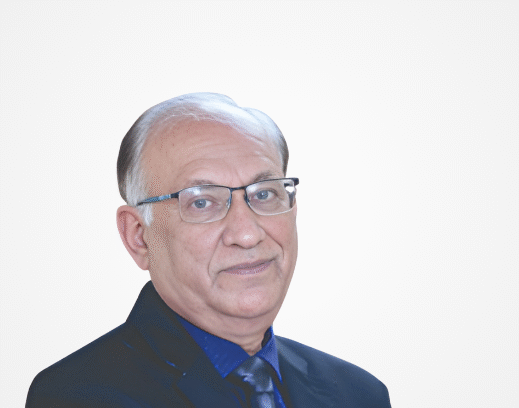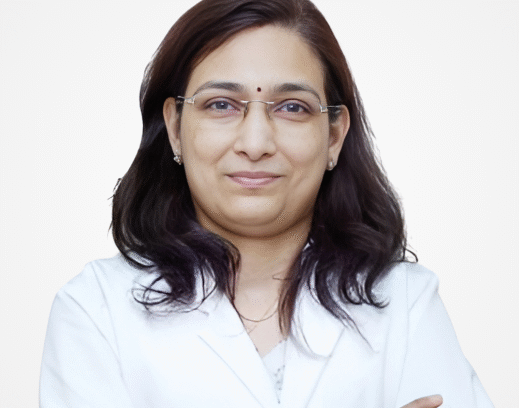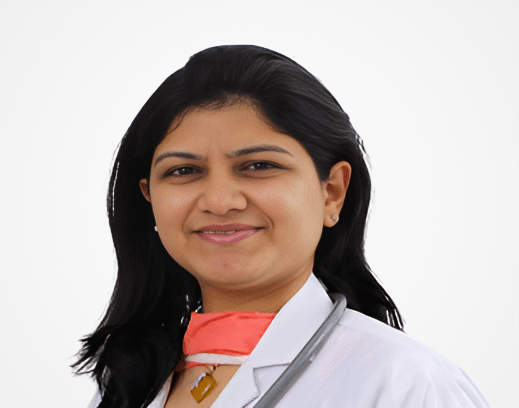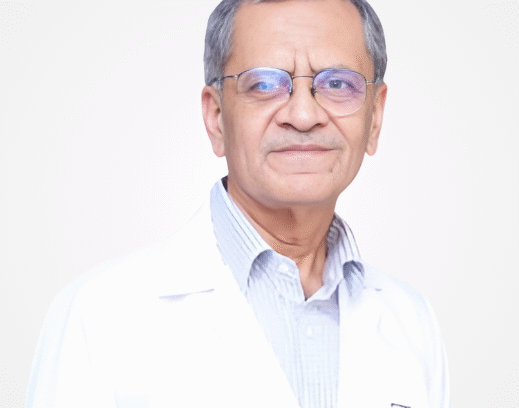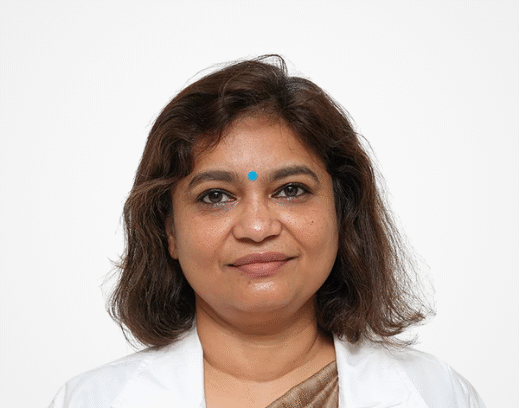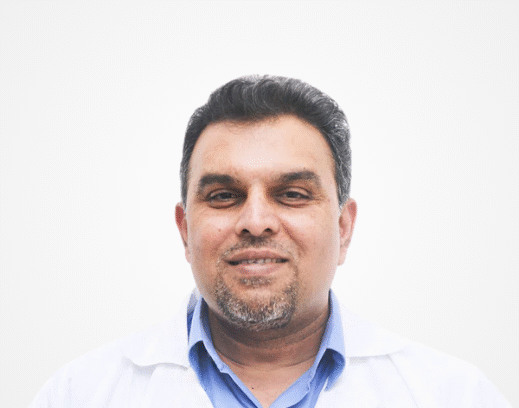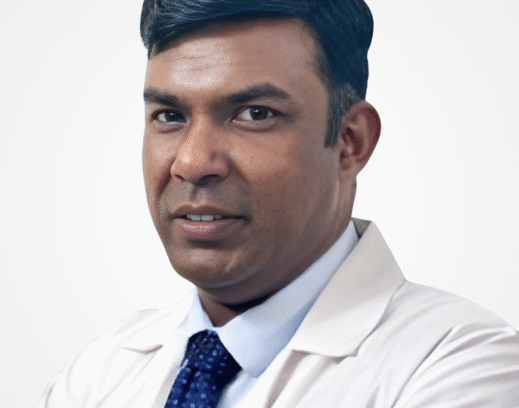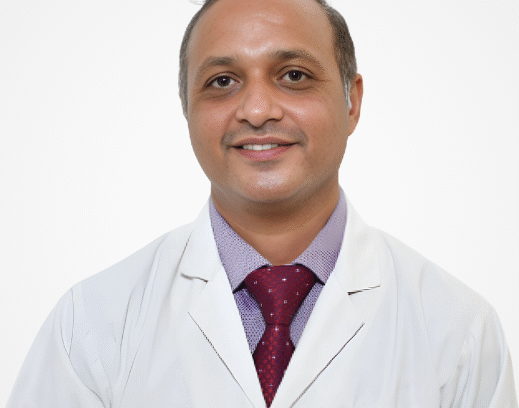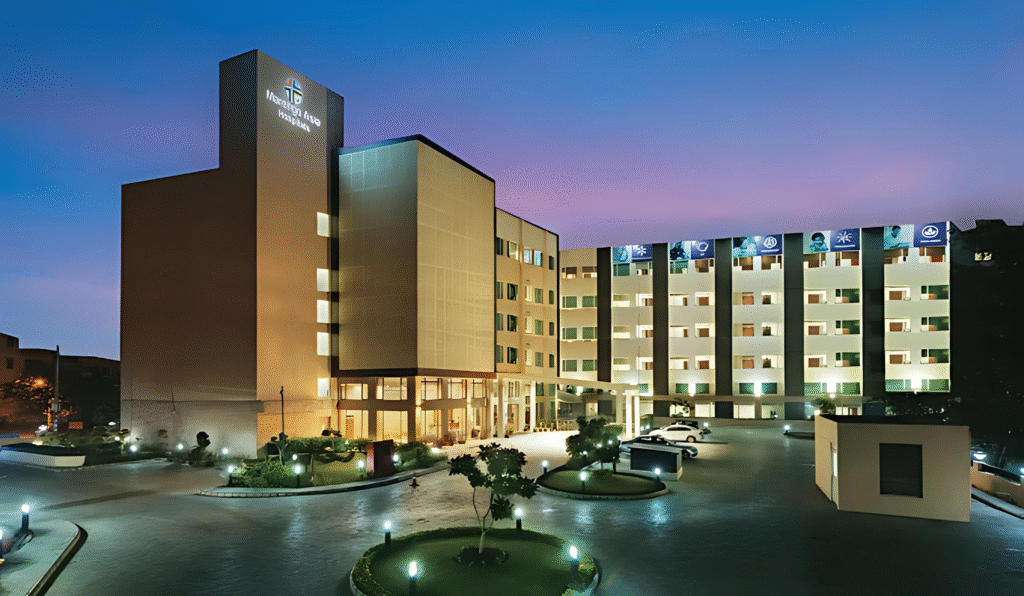Deviated Nasal Septum Treatment Cost in India

What is Deviated Nasal Septum?
A deviated nasal septum occurs when the thin wall (nasal septum) between the two nasal passages is displaced to one side. This can result in one nasal passage being smaller, leading to difficulty in breathing, frequent nasal congestion, snoring, or sinus infections. While some people are born with a deviated septum, others may develop it after injury. In severe cases, surgery (septoplasty) is required to correct the alignment and improve airflow.
How Does Deviated Nasal Septum Develop?
A deviated septum can be present at birth due to developmental irregularities in the womb or may develop during growth. However, many cases result from trauma or injury to the nose—commonly during sports, accidents, or fights—that displace the septum to one side. As the nasal structure heals, the septum may not align correctly, causing obstruction. Aging and certain structural changes can worsen the deviation over time. The misalignment can restrict airflow through one nostril, causing chronic breathing difficulty, snoring, and increased vulnerability to sinus infections.
Causes and Risk Factors of Deviated Nasal Septum
A deviated nasal septum occurs when the wall between the nostrils is off-center or crooked, potentially affecting breathing and sinus drainage.
Primary Causes of a Deviated Nasal Septum
Birth Defect: Many individuals are born with a slight deviation due to developmental asymmetry.
Injury or Trauma: Accidents, contact sports, or falls can shift the septum.
Surgical Complications: Previous nasal surgeries may unintentionally worsen or create deviation.
Normal Growth: The septum may deviate naturally during adolescence or aging.
Chronic Inflammation: Persistent sinus infections can cause swelling and structural changes.
Risk Factors Contributing to Septal Deviation
Contact Sports: Activities like boxing or football increase risk of nasal injury.
Lack of Protective Gear: Helmets or face guards can prevent injuries that may cause deviation.
Family History of Nasal Abnormalities: Genetics can play a role in congenital deviations.
History of Facial Trauma: Past injuries to the face often result in nasal misalignment.
Male Gender: Statistically, men are more likely to sustain nasal trauma leading to deviation.
Symptoms of Deviated Nasal Septum
A deviated septum may cause both structural and functional issues in breathing and sinus health.
Difficulty breathing through one or both nostrils
Nasal congestion that is more severe on one side
Frequent nosebleeds
Facial pain or pressure
Noisy breathing during sleep
Recurrent sinus infections
Postnasal drip or snoring
Types of Deviated Nasal Septum
A deviated nasal septum occurs when the thin wall between the nostrils shifts from the center. The types of deviations vary based on their direction, location, and impact on airflow.
The front part of the septum deviates to one side, potentially causing visible asymmetry and nasal blockage. It’s easily noticeable and often more symptomatic.
Affects the back section of the septum. These deviations are harder to detect without imaging and may cause deep nasal congestion or snoring.
The septum curves to one side in a smooth arc. It generally narrows one nasal passage and can lead to recurrent sinus infections.
The septum bends in both directions, forming an S-like shape. This can impair airflow in both nostrils and is more complex to correct surgically.
Bony projections or ridges along the septum that can press against the nasal wall, causing pain, blockage, or even nosebleeds.
Which Type of Deviated Nasal Septum is the Most Dangerous?
Most Dangerous Type: Severe S-Shaped Deviation with Septal Spurs
Though not life-threatening, a complex S-shaped deviation with bony spurs can severely obstruct airflow, increase the risk of chronic sinus infections, and contribute to obstructive sleep apnea, which carries more serious risks.
Why Choose India for Treatment of Deviated Nasal Septum
India has emerged as a leading destination for advanced ENT (Ear, Nose, and Throat) treatment, offering a combination of expert medical care, cutting-edge technology, and compassionate service. Here’s why international patients choose India for ENT and related surgical care:
India is home to some of the world’s most qualified ENT specialists and otolaryngologists with global training and experience. These experts are adept in handling both common and complex ENT disorders, from sinus surgeries to cochlear implants and minimally invasive procedures.
ENT care in India often involves collaboration with audiologists, speech therapists, neurologists, and pulmonologists—ensuring holistic evaluation and treatment. This is especially important for conditions that overlap with hearing, breathing, or neurological functions.
Leading Indian hospitals are equipped with advanced diagnostic tools like video endoscopy, high-resolution CT imaging, and intraoperative navigation systems. Surgical technologies include endoscopic sinus surgery units, robotic ENT surgery, and laser-assisted tonsillectomies for faster recovery.
ENT surgeries and treatments in India are significantly more affordable than in many Western countries. Cost-effective packages often include surgery, diagnostics, hospital stay, rehabilitation, and follow-ups—making it ideal for international patients seeking value without compromising quality.
Indian hospitals offer rapid scheduling of surgeries and consultations, eliminating long wait times seen in other countries. This is especially critical for progressive ENT conditions like chronic sinusitis or obstructive sleep apnea, where timely intervention can prevent complications.
India is a global leader in medical tourism, offering:
✔ Dedicated international patient coordinators
✔ Medical visa assistance for easy travel
✔ Affordable accommodation & travel support
✔ Multilingual staff, including English-speaking doctors
This ensures a smooth and hassle-free experience for foreign patients traveling to India for treatment.
Different types of Treatments for Deviated Nasal Septum
Treatment for a deviated nasal septum depends on the severity of the deviation, the presence of breathing difficulties, sinus infections, and overall impact on quality of life. While mild cases may be managed with medications and non-surgical methods, more severe deviations often require surgery for long-term relief. The primary aim is to reduce symptoms like nasal blockage, snoring, sinus pressure, and improve airflow.
Here’s a detailed breakdown of the different treatments commonly used for DNS:
How It Works:
Medications such as antihistamines or pain relievers help control symptoms like congestion, inflammation, or sinus pressure caused by a deviated septum.
When It’s Used:
✔ Mild to moderate symptoms
✔ To relieve associated allergies or sinusitis
✔ Before or after surgery
Benefits:
✔ Non-invasive
✔ Provides temporary relief
✔ Easy to administer
How It Works:
Surgical correction of the septum to reposition or remove deviated cartilage and bone that obstructs airflow.
When It’s Used:
✔ Moderate to severe deviation
✔ Breathing problems or frequent infections
✔ When medications don’t help
Benefits:
✔ Long-term solution
✔ Improves nasal airflow
✔ Enhances quality of life
How It Works:
Externally applied strips lift and open nasal passages, improving airflow temporarily.
When It’s Used:
✔ Mild deviation
✔ At night to reduce snoring
✔ During physical activity
Benefits:
✔ Drug-free
✔ Easy to use
✔ Instant, though temporary, relief
How It Works:
Reduces inflammation inside the nasal passages, helping open blocked airways.
When It’s Used:
✔ Mild to moderate symptoms
✔ Allergic rhinitis with DNS
✔ Pre-surgery management
Benefits:
✔ Reduces swelling
✔ Non-invasive
✔ Can be used long-term under supervision
How It Works:
Shrink swollen nasal tissues, allowing easier breathing through the nose.
When It’s Used:
✔ Temporary congestion relief
✔ Short-term use only
Benefits:
✔ Quick symptom control
✔ Easily available
✔ Can delay need for surgery
Cost of Different Procedures for Deviated Nasal Septum
When conservative treatments are not enough to manage symptoms of DNS, surgical procedures are often recommended. The choice of procedure depends on the degree of deviation, cosmetic concerns, and whether additional nasal structures like turbinates need adjustment. Advanced and minimally invasive techniques, including robotic-assisted surgeries, ensure greater precision, less downtime, and better cosmetic results.
Here’s a closer look at the procedures used to correct a deviated nasal septum:
How It Works:
A surgical procedure that straightens the nasal septum by removing or reshaping the deviated part of cartilage and bone.
When It’s Used:
✔ Moderate to severe deviation
✔ Breathing problems or chronic congestion
Benefits:
✔ Directly addresses the root cause
✔ Long-term relief
✔ Enhances nasal airflow
How It Works:
Shrinks the size of the turbinates (structures inside the nose) to create more space for airflow, often performed alongside septoplasty.
When It’s Used:
✔ Enlarged turbinates
✔ DNS with chronic nasal blockage
Benefits:
✔ Better breathing
✔ Improves results of septoplasty
✔ Minimally invasive
How It Works:
Cosmetic and/or functional surgery to reshape the nose and correct structural issues, including DNS.
When It’s Used:
✔ DNS with cosmetic concerns
✔ Nasal trauma
Benefits:
✔ Dual functional and cosmetic improvement
✔ Customized reshaping
✔ Enhances facial harmony
How It Works:
A minimally invasive version of septoplasty using an endoscope to visualize and correct the deviation.
When It’s Used:
✔ Precision correction needed
✔ Patients wanting less invasive surgery
Benefits:
✔ Smaller incisions
✔ Less bleeding and faster recovery
✔ More accurate correction
How It Works:
Uses robotic technology for greater precision during complex nasal surgeries, reducing trauma and improving outcomes.
When It’s Used:
✔ Complex cases
✔ Patients wanting high-precision surgery
Benefits:
✔ Highly accurate
✔ Less tissue damage
✔ Better cosmetic and functional outcomes
Best Doctors for Deviated Nasal Septum Treatment in India
Best Hospitals for Deviated Nasal Septum Treatment in India
Med Travel India Offerings
How does Med Travel India help you?
Med Travel India is dedicated to assisting international patients in accessing high-quality prostate cancer treatment in India. From selecting the best hospitals to providing logistical support, we ensure a seamless medical journey. Our team works closely with top oncologists and healthcare facilities to offer personalized treatment plans tailored to each patient’s condition.
We take care of every aspect of medical travel, allowing patients to focus solely on their recovery. Below is a list of services provided by our company:
Services offered by Med Travel India

Seamless Planning for Your Medical Journey
Before you even arrive, we take care of all the groundwork. From connecting you with top specialists to ensuring all necessary medical evaluations are completed, we make your journey stress-free. Our goal is to provide clarity and comfort before your treatment begins.
- Free Medical Consultation
- Personalized Treatment Plan
- Estimated Cost & Duration
- Visa Assistanc
- Second Opinion Service
- Pre-Arrival Coordination
Worry-Free Travel & Comfortable Stay
We ensure that your journey to India is as smooth as possible. From booking your flights to arranging a comfortable stay near your hospital, we handle everything so you can focus on your health.
- Flight Booking Assistance
- Accommodation Booking
- Airport Pickup & Drop
- Language Interpretation Services
- Local Transport Arrangements
- Currency Exchange Support


World-Class Medical Care, Personalized for You
We ensure that your medical treatment is well-organized and efficient. Our team works closely with hospitals to facilitate smooth admissions, consultations, and procedures, ensuring you receive top-quality healthcare.
- Priority Appointment Scheduling
- Direct Hospital Admission
- Specialist Doctor Assignment
- Pharmacy & Medical Supplies
- Hospital Admission & Discharge Support
- 24/7 Customer Assistance
Continued Support for a Speedy Recovery
Your health journey doesn’t end after treatment. We provide post-procedure assistance to ensure a smooth recovery, whether you stay in India for rehabilitation or return home.
- Post-Surgical Care Coordination
- Rehabilitation & Physiotherapy
- Virtual Doctor Consultations
- Diet & Lifestyle Guidance
- Extended Stay Arrangements
- Post-treatment Medical Supplies


Beyond Healthcare, A Comfortable Experience
We offer additional services to make your stay in India comfortable and enriching, ensuring that your well-being is cared for beyond the hospital.
- Medical Insurance Settlement Help
- SIm Card Assistance
- Customized Sightseeing Tours
- Medical Document Assistance
- Personalized Assistance for Family Members
- Concierge Services
